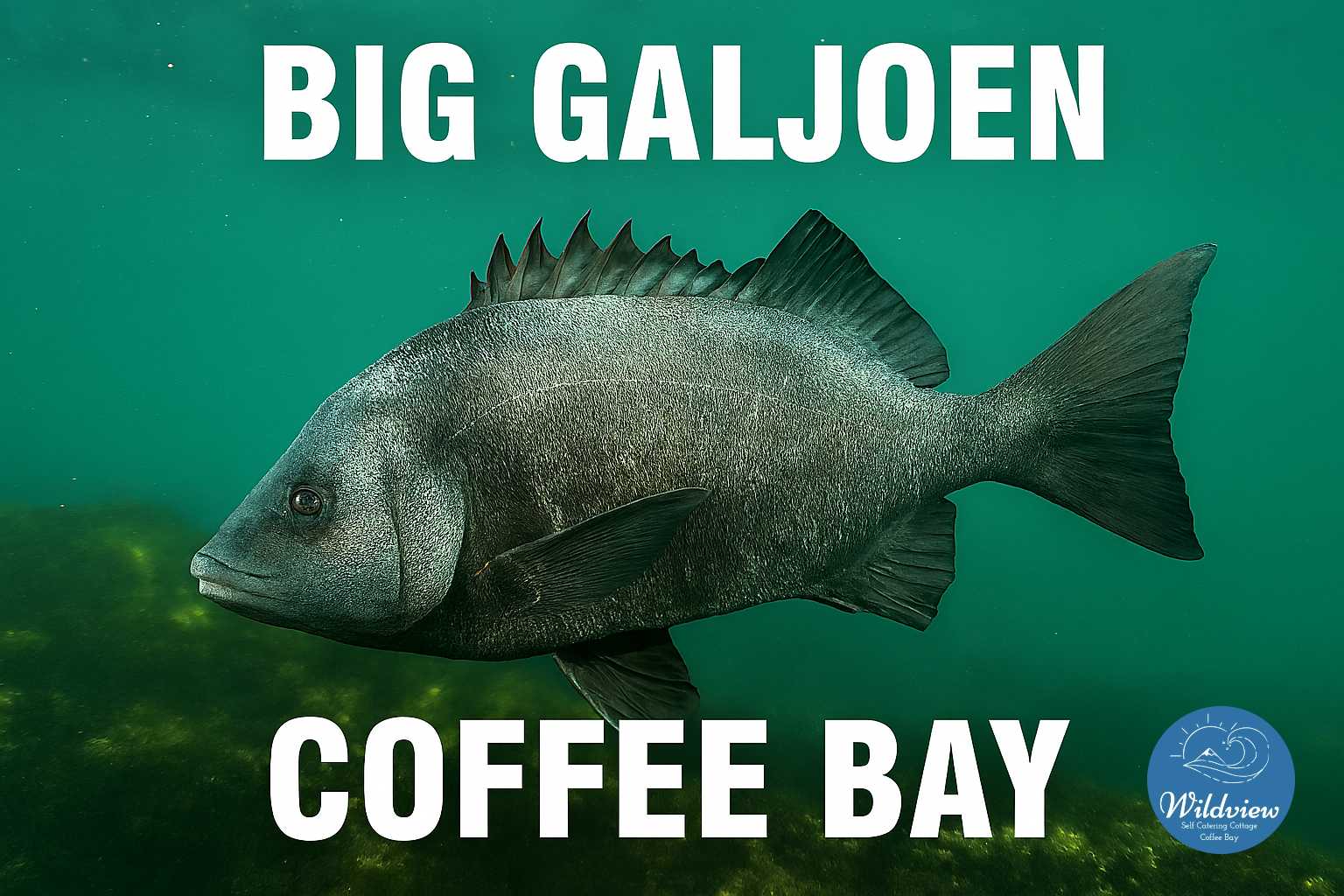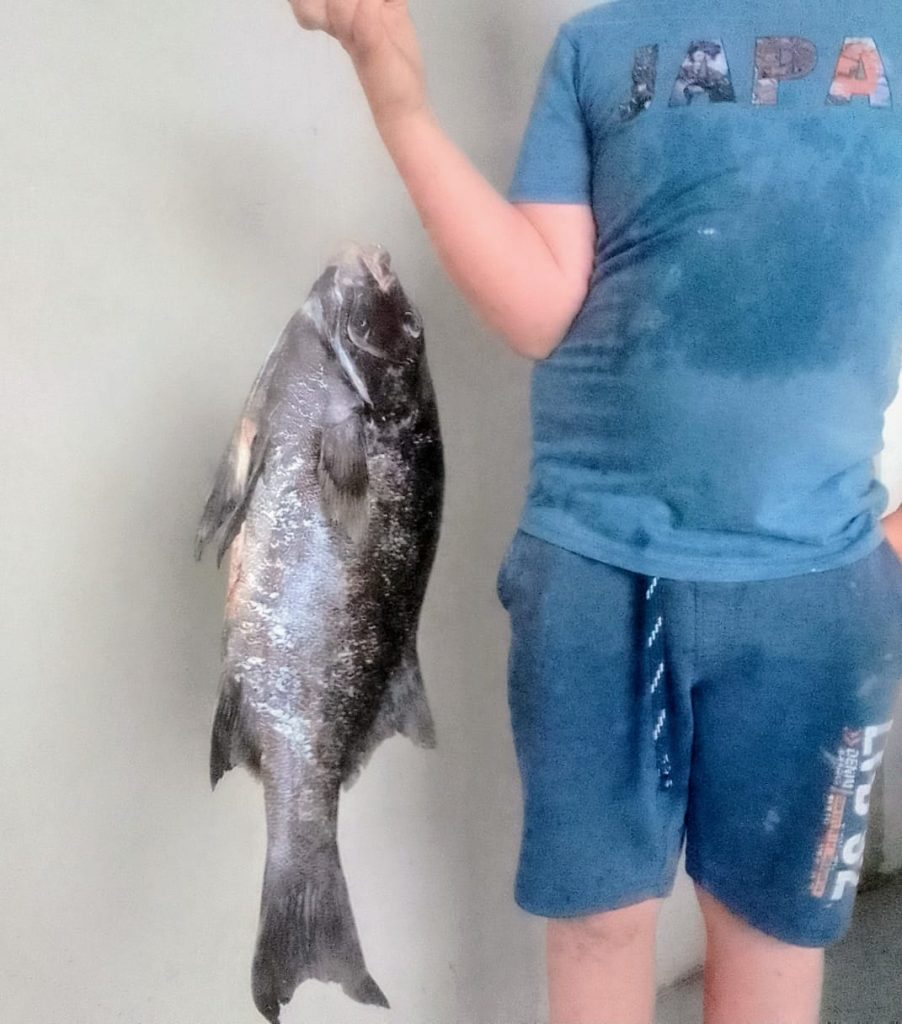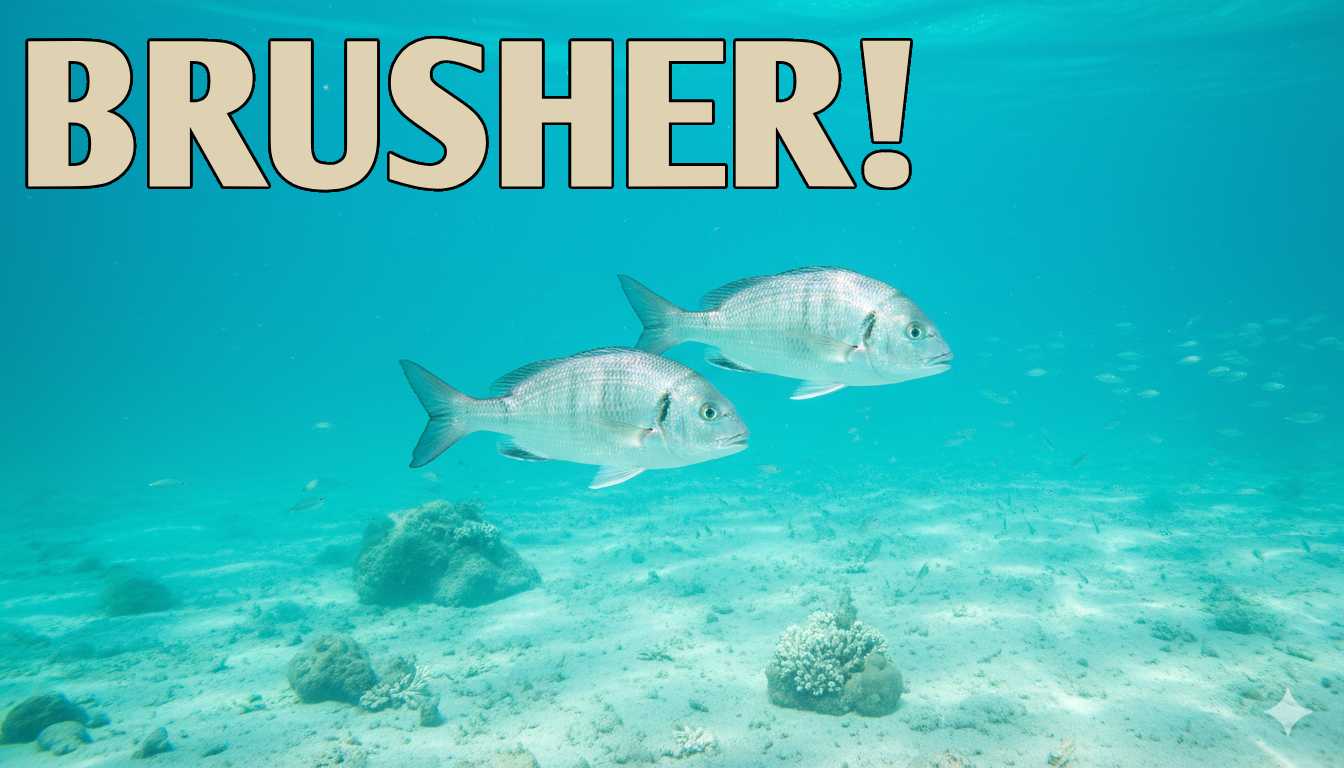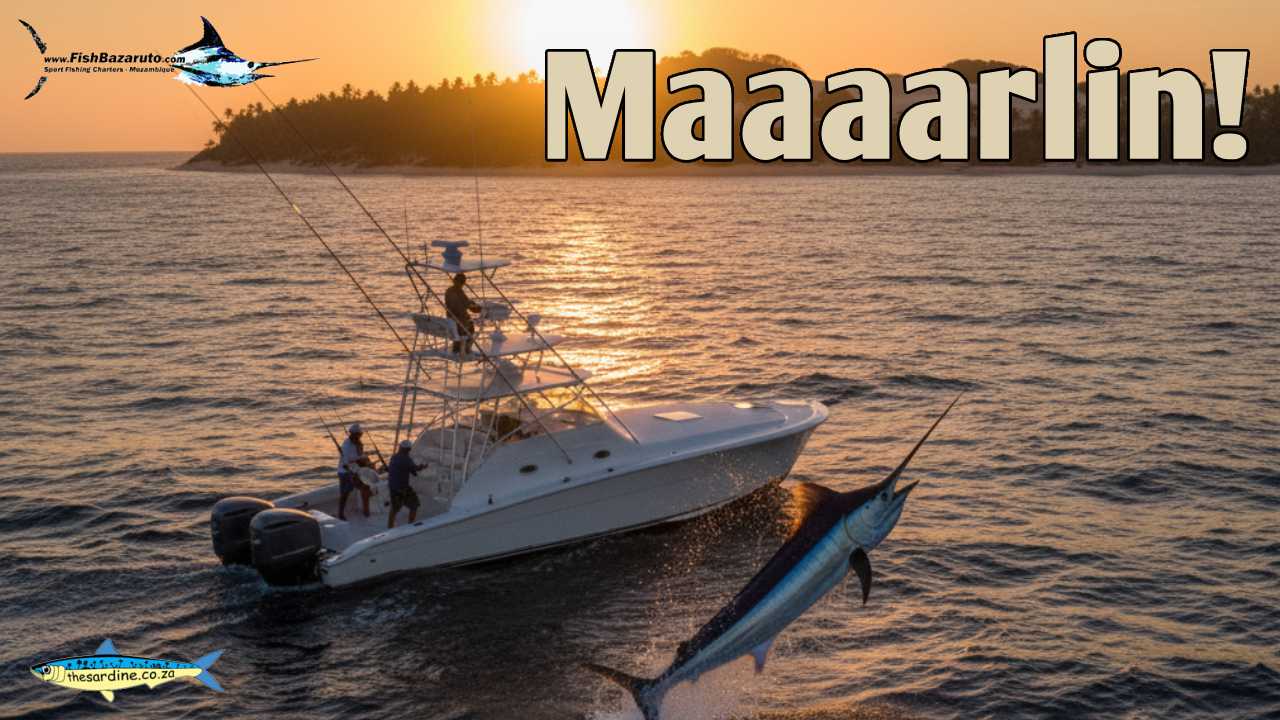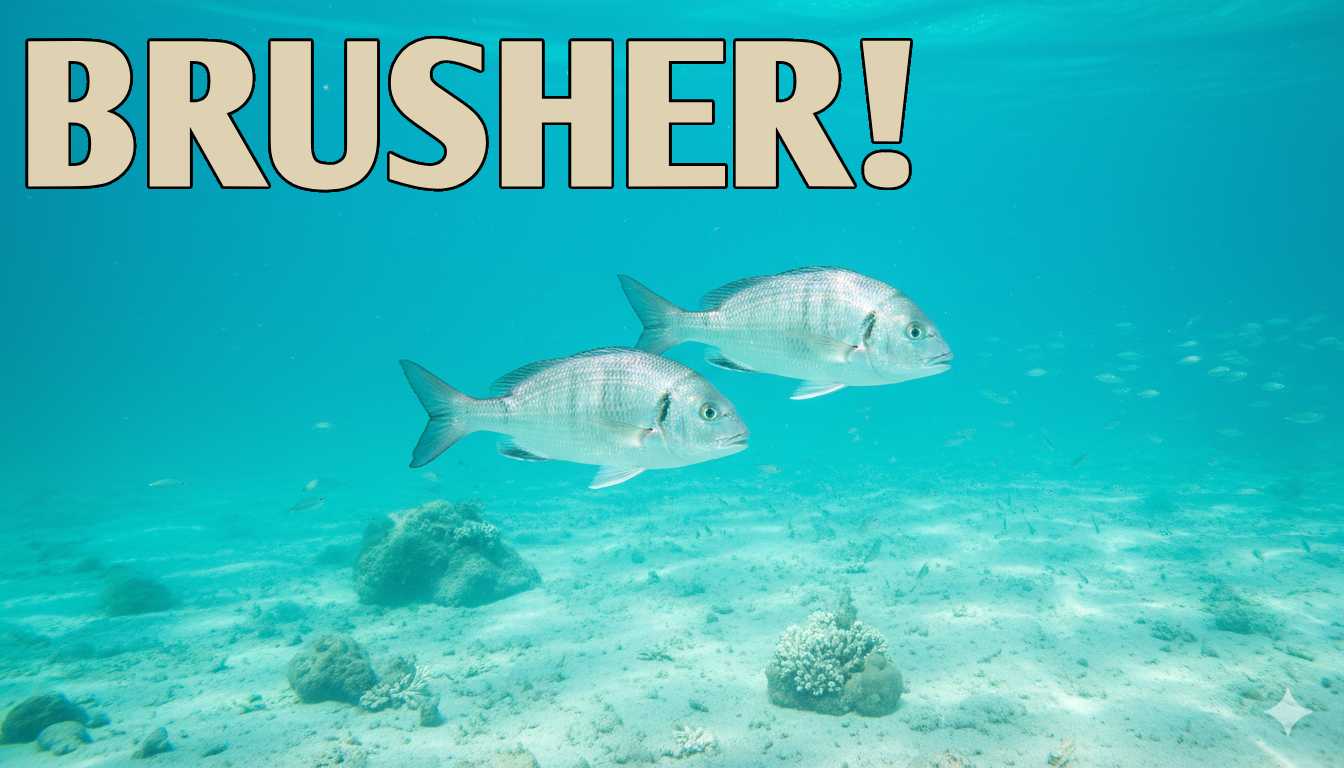
The Sardine News Marine Observatory Channel Announced #underwater #therapeutic #scenes #fish #reef #estuaryfishing
The Sardine News Marine Observatory Channel Announced #underwater #therapeutic #scenes #fish #reef #estuaryfishing
yeah big welcome back to the sardine news
another long break I know been busy on other channels
which is what I’m here to talk to you about
here we have a beautiful scene from underwater
and I’ve been wondering
what to do with all these clips
so
I’ve decided to make an underwater observatory channel
it’s called the Sardine News Underwater Observatory
and it’s been going for quite a long time
but I just haven’t really been putting too many clips
there not too sure what to do with the stuff
but we can’t ignore this this is beautiful
and so
I’m going to use this video here on the Saudi news to
um to announce their to announce the new channel
the Marine Observatory Channel
where you can sign up
and then you can watch these stuff
so some of it will be able to
put it up on your TV and just watch it
like a aquarium uh
there’s
some up there already that are so spectacularly cool
when the camera’s tied off
some of them are roly poly
when the camera’s rolling around
which I’m gonna try and avoid for this channel
because I wanted to be like a almost
um real life aquarium channel
like almost therapeutic stuff
when you get home from work
and you feel like just rather watching a puffer fish
fight it out with this Little Silver brim
over a sardine
that’s the kind of stuff I’m gonna be playing
I’ve got Obi Wan Kenobi the goby
and all kinds of cool things here
somewhere on this channel
so please
like and subscribe the and help us to get cracking
share and all that kind of stuff
that helps us get going please okay
lekker enjoy the underwater scene Ciao
oh yeah
I forgot to tell you about this stupid moray eel
that come along and mess my camera around underwater
but it makes for some good viewing
so thanks Mister Moray
Sardines and Sighting Maps
Here are the links to existing and past Sardine Sighting Maps. With instructions on how to install The Sardine News right on your phone, tablet, or even desktop.
2024 Sardine Map
2023 Sardine Map
2021 Sardine Map
Channels
Brucifire Surf Retorts – highly entertaining surf reporting
Master Watermen – news from way down deep
The Sardine News – neva miss a single sardine
FishBazaruto – 1000 pounds plus
MYDO Tackle Talk – highly technical sport fishing
Surf Launching Southern Africa – getting out there safely
Water Woes – complain about your municipality here
Websites
umzimkulu.co.za – everything Umzimkulu umzimkuluadrenalin.co.za – will get you right out and onto the edge thesardine.co.za – never miss a single sardine masterwatermen.co.za – news from under water fishbazaruto.com – dreams brucifire.co.za – surf retorts

